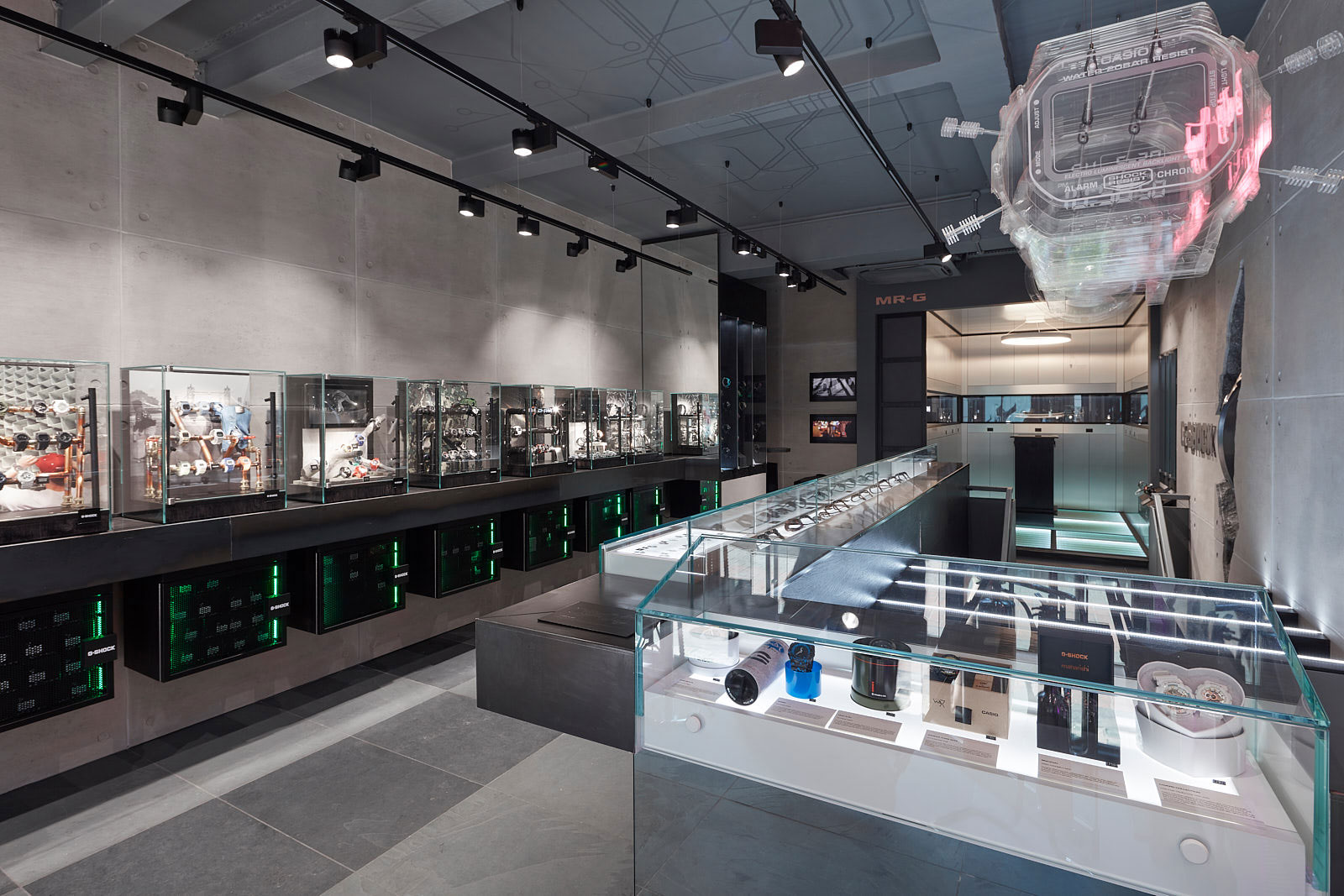 https://doubleretail.com/wp-content/uploads/KNOWLEDGE/Designing-a-store-that-embodies-brand-values-02.jpg
1067
1600
Double Retail
https://doubleretail.com/wp-content/uploads/common/double-retail-menu-logo-01.png
Double Retail2018-12-05 16:23:262022-02-03 14:26:07Designing a store that embodies brand values.
https://doubleretail.com/wp-content/uploads/KNOWLEDGE/Designing-a-store-that-embodies-brand-values-02.jpg
1067
1600
Double Retail
https://doubleretail.com/wp-content/uploads/common/double-retail-menu-logo-01.png
Double Retail2018-12-05 16:23:262022-02-03 14:26:07Designing a store that embodies brand values.This happens a lot: “So what do you do?” – “Oh, I’m a retail designer, I design shops for a living.” – “Ah ok, so you mean like the fronts of shops? What they look like from the street?”
It’s evidence that retail design is generally misunderstood, and often viewed as a superficial offshoot of design that lags behind the heavyweights of graphic, web and industrial design.
We see further evidence when clients resort to engaging architects to create their store design, explaining their decision with: “We thought that that’s how stores were built?!”
At Double, we believe that retail design is a class of design in its own right. Our experience tells us that the process of designing, developing and delivering a store to your client is a hugely complicated practice, and its numerous considerations can be tested in truly unpredictable manners.
So why is it that when we say ‘retail design’ to anyone outside of the industry, it’s met with confusion or ignorance? Why are people not exposed to the idea of an industry set up to solve a clear retail problem, in the same way that they are with established ideas of design occupations? Why are brands all over the world seeking out architects to solve their problems with retail, when architects are not directly trained to do so?
The root of the problem
Perhaps the root of the problem is within education. Go to almost any university in the land and you’ll likely see prospectuses for graphic design, web design, interior architecture, product design – the list can go on. Yet we so rarely see courses set up for retail design.
The role of a designer, project manager or engineer (to name but a few within a typical business) is often so involved and varied, that there is clearly a comprehensive selection of material to teach and develop within education. It would be truly beneficial to the industry and to the name of retail design in general, to have more respected universities around the world providing courses that specifically hone the skill sets required for designing for retail.
Why architects?
Most of us encounter a physical form of retail everyday, whether we’re buying groceries, looking for that new addition to our wardrobes or exiting through a gift shop, so it makes it all the more surprising that this doesn’t appear to be an obvious facet of design. Perhaps this is why so many brands look unknowingly to architects for the practice of retail design, as opposed to businesses that are set up with teams trained specifically to solve the issues associated to retail.
An architect is well qualified to design and build a physical space, and may well be able to deliver a store to a client. What they’re not trained in though, is how to design for retail. How do customers behave? What do they want? How do they shop? How do we want them to shop? It’s a science and it’s the role of the retail designer, or more to the point, the retail design business to consider these aspects among others and deliver a store that performs for the brand and hits the client’s targets.
Looking forward
Creative companies within the retail industry need to take responsibility to educate brands around the world that designing for retail exists, and that our industry’s purpose is to solve their issues around growing and bettering their retail efforts.
This responsibility extends to education. If we build and develop a dialogue with students, lecturers, teachers and establishments around the role of retail design, then we can create a future where our industry can be recognised alongside the better known practices of design as an occupation.
At Double, we have a vision of where retail design can go. We foresee a future in which seeking out retail design to address issues is obvious – even inevitable. Our focus is on educating as many people as possible on the practices within our industry and the reasons behind why it’s the best option when your brand wants to get to where it’s going, through retail.


